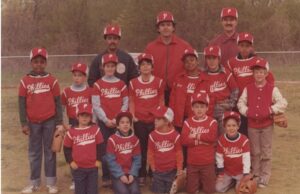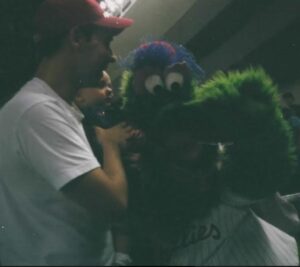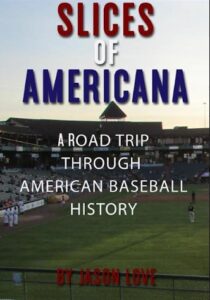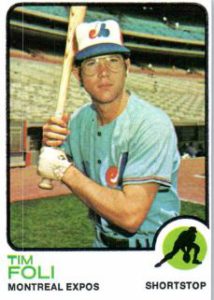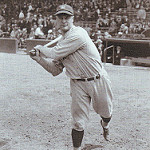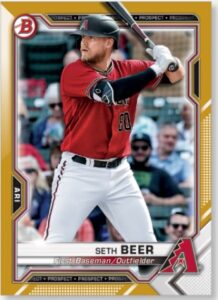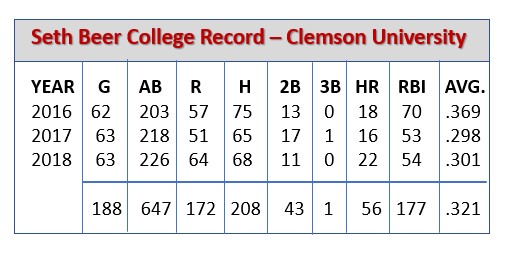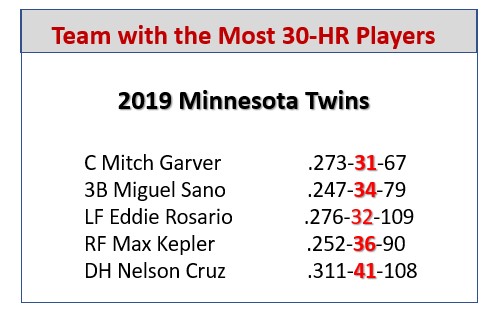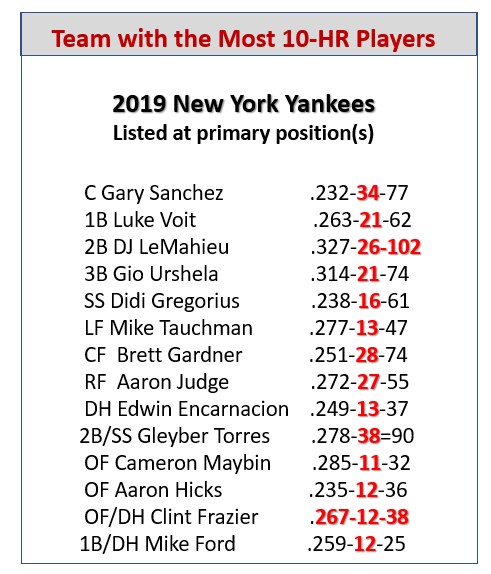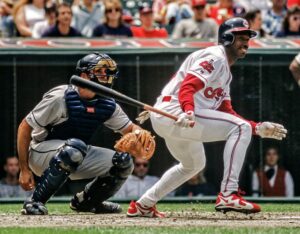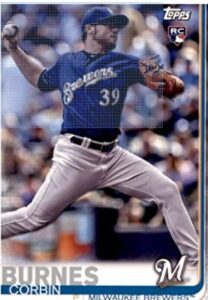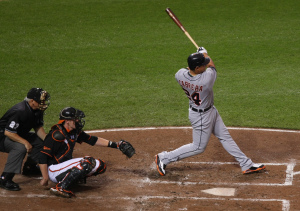 On this date (September 28) in 1966, 22-year-old southpaw Larry Jaster (in his first full MLB season) took the mound for the sixth-place Cardinals – against the first place (and eventual NL Champion) Dodgers. His mound opponent was future Hall of Famer Don Sutton. While the odds may have seemed to be against him, Jaster prevailed that Saint Louis evening, blanking the Dodgers 2-0 on four hits and two walks, while fanning four.
On this date (September 28) in 1966, 22-year-old southpaw Larry Jaster (in his first full MLB season) took the mound for the sixth-place Cardinals – against the first place (and eventual NL Champion) Dodgers. His mound opponent was future Hall of Famer Don Sutton. While the odds may have seemed to be against him, Jaster prevailed that Saint Louis evening, blanking the Dodgers 2-0 on four hits and two walks, while fanning four.
So, why is this game the focus of a Baseball Roundtable post? Well, the whitewashing marked Jaster’s league-leading fifth shutout of the 1966 season, as well as his fifth complete-game shutout in five starts against the Dodgers that campaign. That made Jaster the first (and still only) MLB pitcher to shutout the same team five consecutive times in one season and just one of three pitchers to shutout out the same team five times in a season (Senators’ Tom Hughes versus the Indians in 1905 & Phillies’ Grove Cleveland Alexander versus the Reds in 1916). In his five games against the Dodgers that season, Jaster gave up just 24 hits (.157 average) – ALL SINGLES.
Here’s how Jaster fared against the Dodgers in 1966:
April 25 at LA …. 2-0 win, seven hits, no walks, seven strikeouts.
July 3 at LA … 2-0 win, three hits, one walk, one HBP, five strikeouts.
July 29 in St. Louis … 4-0 win, five hits, two walks, eight strikeouts.
August 19 at LA … 4-0 win, five hits, three walks, seven strikeouts.
Sept. 28 in St. Louis … 2-0 win, four hits, two walks, four strikeouts.
Jaster was a multi-sport star in his youth, turning down multiple college football scholarship offers to sign with the Cardinals for what was then the princely bonus of $50,000 as an 18 year-old. The top prospect was on the mound for the Cardinals in just his fourth professional season. He enjoyed a seven-season (1965-70, 1972) MLB career (Cardinals, Braves, Expos) – going 35-33, 3.65 in 138 games (80 starts), with 15 complete games and seven shutouts. In his 1966 season, he set his career highs in wins (11), complete games (6), shutouts (5) and strikeouts (92). Jaster’s career took a southward turn in the middle of the 1968 season – when he developed shoulder problems. From 1965 through 1967, he was 23-12, 3.01 for the Cardinals. In 1968, he was 7-4, with a 1.79 ERA On July 14. Then went 2-9, 6.36 for the remainder of the campaign. After the 1968 season, he got in just 43 more MLB games (12 starts) going 3-8, 5.72. He did pitch in the minors through 1974, but did not make it back to the majors.
On April 14, 1969, Larry Jaster – starting for the Expos against the Cardinals – threw the first regular-season MLB pitch ever in Canada.
After retiring as a player, Jaster earned a Masters Degree in Physical Education from the University of New Mexico and went on to enjoy a long career coaching at the high school, college and professional levels.
Primary Resources: Baseball-Reference.com; Baseball Almanac.com
Baseball Roundtable Disclaimer: The MLB records referenced in this (and previous) posts have the potential to change as Major League Baseball recognizes and incorporates Negro League records from 1920-46 into the MLB record book.
BASEBALL ROUNDTABLE ON THE TOP 100 BASEBALL BLOG LIST
 Baseball Roundtable is on the Feedspot list of the Top 100 Baseball Blogs. To see the full list, click here.
Baseball Roundtable is on the Feedspot list of the Top 100 Baseball Blogs. To see the full list, click here.
I tweet baseball @DavidBBRT
Follow/Like Baseball Roundtable’s Facebook Page here. More baseball commentary; blog post notifications; PRIZES.
Member: Society for American Baseball Research (SABR); The Baseball Reliquary; The Negro Leagues Baseball Museum.


